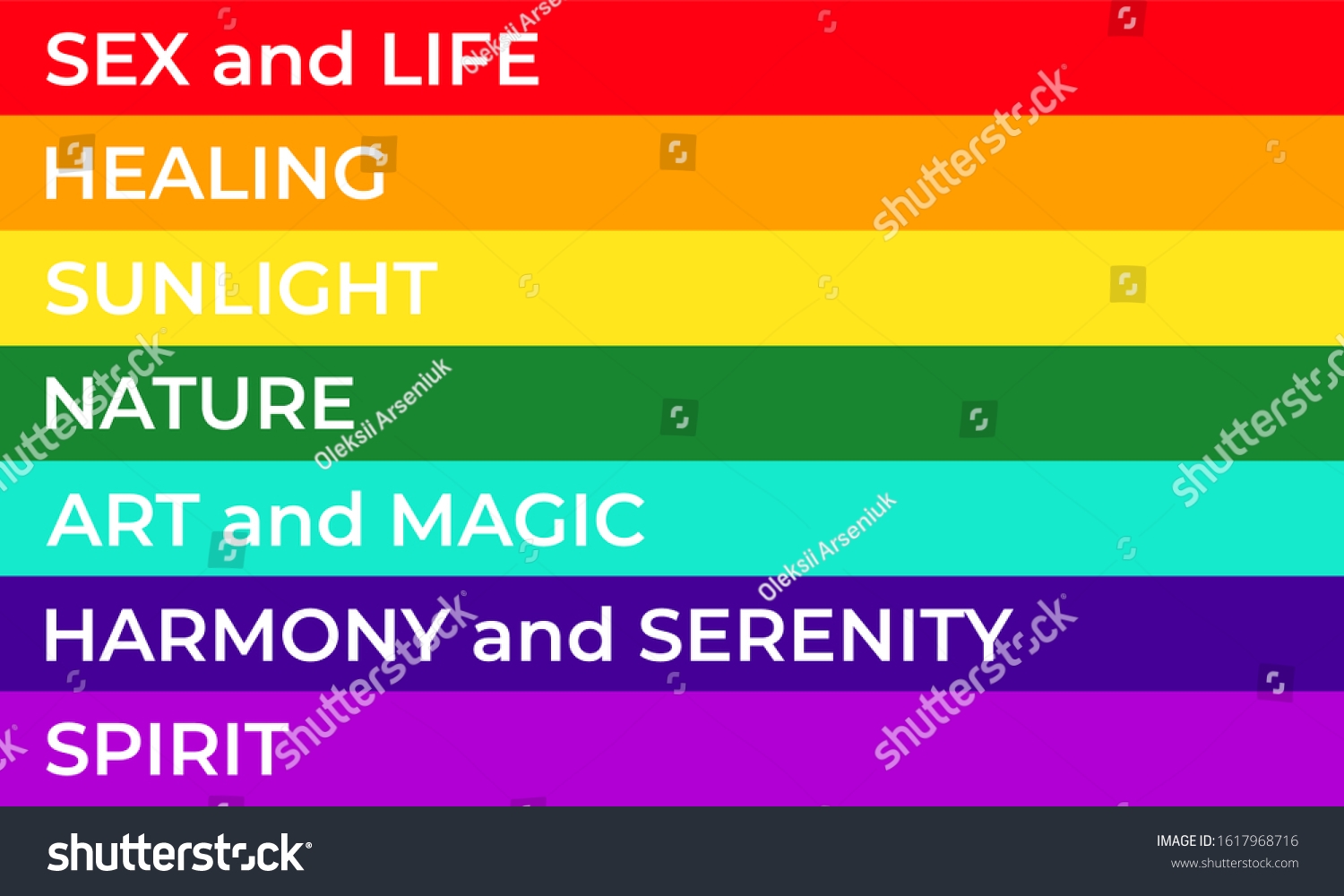Flags are not just colorful pieces of cloth; they hold great significance and meaning. Each color used in a flag has a specific representation and symbolism. The colors chosen for a flag are often deeply rooted in the history, culture, and values of a country or organization.
Flags are powerful symbols that can evoke strong emotions and pride in those who see them. The colors used in a flag can convey a sense of identity, unity, and heritage. Understanding the significance of flag colors can help us appreciate the rich symbolism behind these symbols.
Significance of Flag Colors
Red, white, and blue are common colors found in flags around the world. Red often symbolizes courage, sacrifice, and bloodshed. White represents purity, peace, and innocence. Blue is associated with loyalty, strength, and stability. These colors are frequently used in flags to convey these powerful meanings.
Green is another color often seen in flags, symbolizing growth, harmony, and nature. Yellow is used to represent sunshine, warmth, and prosperity. Black can signify mourning, power, or resilience. The combination of these colors in a flag can create a unique representation of a nation or group.
Some flags use specific colors to represent historical events or cultural significance. For example, the flag of South Africa features six colors representing the country’s diverse population and heritage. The flag of India includes saffron, white, and green to symbolize courage, truth, and faith. Understanding the meanings behind these colors can deepen our appreciation for the flag’s symbolism.
Flags are often used to unite people under a common identity or cause. The colors chosen for a flag can inspire patriotism and pride in a nation or group. By understanding the significance of flag colors, we can better appreciate the history and values that these symbols represent.
In conclusion, the colors used in flags are not chosen at random; they hold deep significance and meaning. Each color represents specific values, emotions, and symbolism that reflect the identity and history of a nation or group. By understanding the significance of flag colors, we can gain a greater appreciation for these powerful symbols of unity and pride.
